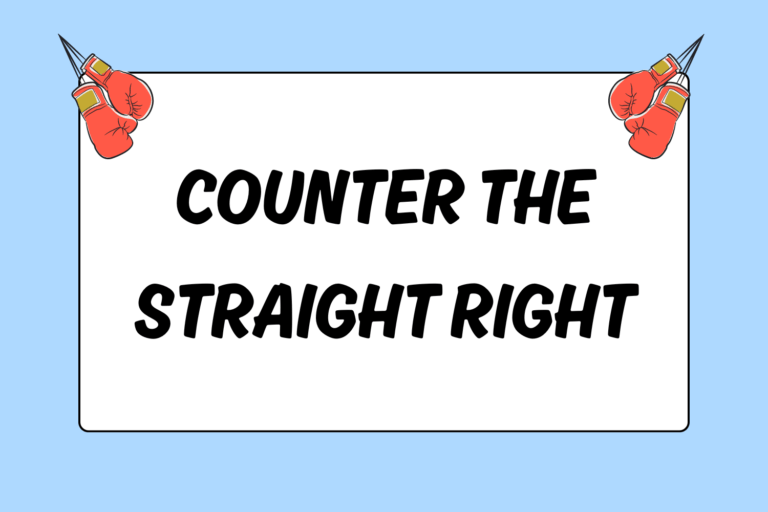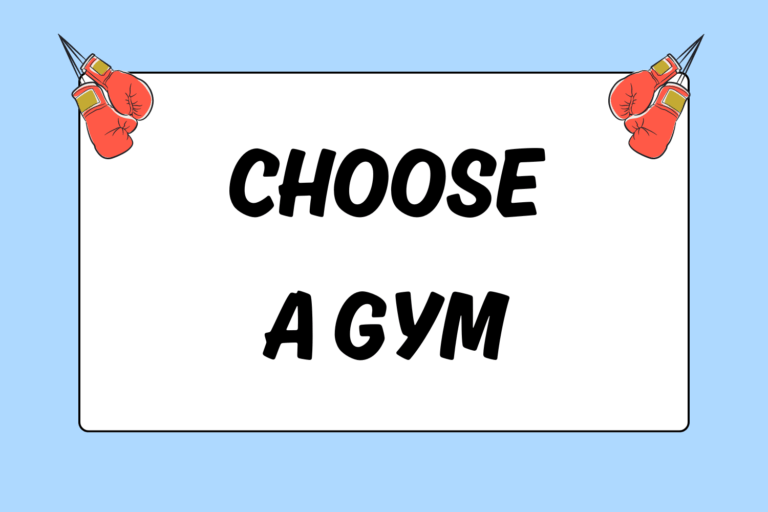Punches develop from the ground up, and power comes from twisting your hips and engaging your core. In addition, many defensive maneuvers rely on your legs and core muscles for protection. For these reasons, core stabilization and strengthening should play an integral role in your training. And no other training regiment focuses on your core and employs your entire body more than Pilates. This guide highlights some of the benefits associated with the discipline, and it describes how boxers can cross-train with Pilates.
Joseph Pilates & the Beginning
Joseph Pilates was born in Germany in 1883 and moved to England in 1912. Due to his nationality, he was held in an internment camp by the British during World War I. During his time in the camp, he integrated his knowledge of fitness and gymnastics to come up with “Contrology.” This practice, which focused on total-body exercise, posture, and core stabilization, became the basis for what is now known as “Pilates.”
Joseph Pilates moved to New York City in the late 1920s and opened up a studio with his wife. His studio attracted many popular dancers and quickly became a hub for all types of people. Pilates has continued to increase in popularity ever since its inception.
Fun Fact
Many professional athletes now implement Pilates into their training. Some notable Pilates enthusiasts include Tiger Woods, Jason Kidd, and Curt Schilling.
An Examination of the “Powerhouse”
The main goal of Pilates is to unite the mind and body by engaging the “Powerhouse:” The abdominals, lower back, pelvic floor, hips, and gluteal. Joseph Pilates believed that all body movement originates from the powerhouse, so his practice focuses on strengthening this area of the body.
The powerhouse’s five main regions encompass many different muscles. In general, though, the powerhouse includes everything from the hips to just below the chest. It’s important to have a general idea of the powerhouse, so that you can target it each time you exercise. If a stretch or exercise feels like it’s mainly targeting an area outside the powerhouse, then you may be doing it incorrectly!
Benefits of Cross-training with Pilates
As a boxer, you want to be as well-rounded as possible. Pilates offers numerous benefits to help you achieve this goal and is a preferred way to cross-train for the following reasons:
- Minimal risk: The reclined position leaves little opportunity for injury. For example, Pilates workouts have minimal impact on the joints.
- Core stabilization and spinal alignment: Your core serves as your foundation as a boxer. Strengthening hard-to-reach muscles in your powerhouse helps your movements in the ring. Likewise, Pilates encourages better posture via improved spinal alignment. Better posture leads to reduced neck and back pain as you progress in your training.
- Flexibility: Both muscular and joint flexibility improve with consistent Pilates practice.
- Breathing: Proper breathing techniques are central to Pilates, and it’s a skill that carries over to the boxing ring. In addition, these techniques promote muscle oxygenation, which increases muscle flexibility.
- Full-body engagement: Pilates focuses on the powerhouse, but you actually work out the entire body. Pilates tones your body and leaves you firmer and leaner.
Fun Fact:
Joseph Pilates originally created his practice to improve total body flexibility and strength, but quickly realized that numerous benefits arose. He even claimed his system improved the immune system, helping initial Pilates participants survive the 1918 flu pandemic.
How to Get Started
All you need is an exercise mat to get started on basic Pilates exercises. As your practice progresses, though, you’ll probably be better off moving to a class setting at a gym. Many gyms use a piece of equipment known as the “reformer,” which increases resistance while enabling nimble movements.





